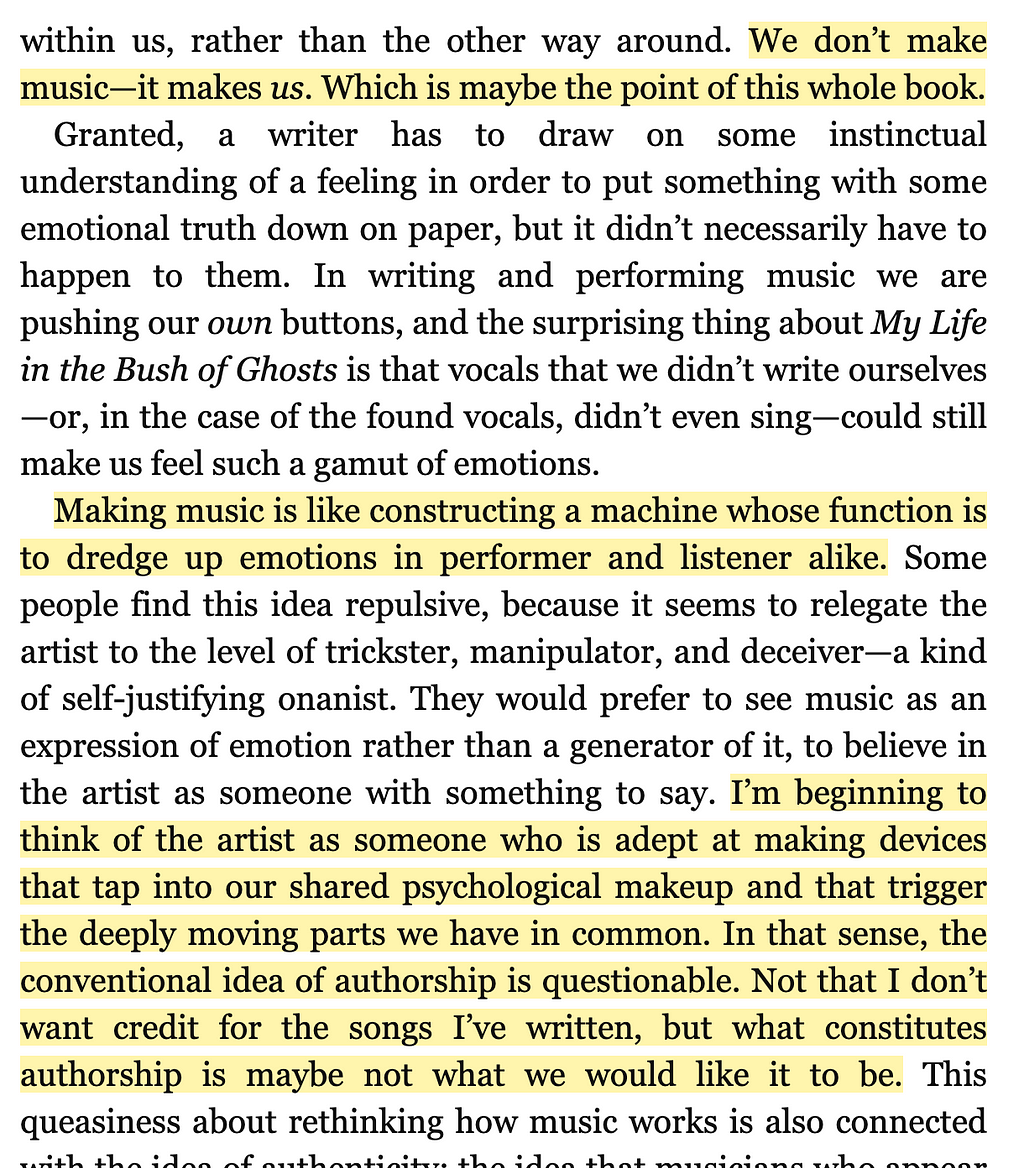A new genre of writing emerged in early 2020: the Covid-19 symptoms thread. Expressed in a series of 240-character tweets, these threads described the affective experience of this new disease, from physiological symptoms to existential reactions to the daily challenges of being — in this entirely new way — sick. The writers used the affordances of social media to educate their readers, providing firsthand accounts of what this disease feels like in the absence of popular representations or medical certainty. These threads also enlisted people to bear witness to the individual experience of illness.
In the early days of its emergence, Covid-19 was a phantom: nameless, faceless, vague and ill-defined. This vagueness was its own terror, which had the effect of anonymizing those who actually got sick; this anonymization was furthered by the virus’s growing politicization, as government officials denied science, ranted against lockdown, and discouraged their acolytes from wearing masks. Twitter threads gave illness a name and a face, grounding the dread in particular bodies and disparate — if often overlapping — experiences. They placed these experiences in history, creating an archive of disease, fear, rage, and hope that will persist even as these feelings — and some of these people — have passed.
In the early days of Covid-19, the flu was the only frame of reference, and it was a confusing one
This genre is entirely of the moment; it also belongs to a long tradition. People have been narrating their illnesses as long as narration — and illness — have existed. Julian of Norwich’s 14th-century Revelations of a Divine Love, the earliest surviving English-language book written by a woman, is a narrative of severe illness from the Black Death, deathbed visions, and recovery. In addition to mystical and devotional writing, illness testimonials have been expressed in poetry; 15th-century writer Thomas Hoccleve recorded his “wylde infirmitee” as part of his autobiographical writings on mental illness. Journals and letters were often written with an eye to later publication; here, people have recorded their bodily experiences and treatments in a way that was both private and public. These narratives served a variety of purposes: religious devotion, expressions of vulnerability, creative experimentation, documentation and record-keeping. For both those who recovered and those who did not, symptom narratives often conferred a form of immortality: even as the person passes, their words persist. Writing is itself an act of assertion, an insistence that the mind can overcome the body’s suffering.
In the early days of Covid-19 (and still!), there was a lot of panic and myth-making, but no clear picture of what the virus actually did, or how it actually felt. The flu was the only frame of reference, and it was a confusing one. Some people did experience flu-like symptoms; others almost died. For those of us who didn’t yet know anyone who had been sick, or hadn’t been sick ourselves — or who were getting sick, and didn’t know what to expect — the grounded, personalized, constantly updated Twitter thread helped ground the experience in specific people, specific stories, and specific — if variant — outcomes. This is something that illness narratives have always done: allow individuals to emerge from behind the panic and spectacle of a plague.
The Black Death inspired a great deal of literary output, though the peasants who were among its greatest casualties could leave behind no written chronicle. The sheer scale of this plague makes it almost impossible to fathom; the experiences of Julian of Norwich give a face to its devastation. From Samuel Pepys to Audre Lorde, Montaigne to Benjamin Franklin, Norman Cousins to Susan Sontag, the act of writing can help remove the stigma from feared conditions, and personalize their toll.
Consider the story of novelist Frances Burney (1752-1840). Well-known in literary circles for her playful takes on the foibles of the aristocracy, she also has quite a reputation in the history of medicine. Perhaps her most famous document is not her 1778 novel Evelina, but an 1812 letter she wrote to her sister Esther. This document narrates the mastectomy she survived in Paris in 1811 for suspected breast cancer (never confirmed), an illness rarely named at the time. Prior to the development of both anesthesia and germ theory, few survived mastectomies; Burney is notable both for living through this excruciating operation, for which she was awake almost the entire time, and for describing it afterward.
Burney’s 12-page letter narrates her disease experience in explicit detail, from the pain in her right breast in August 1810 through the medical consultation, her (reluctant) acquiescence to surgery, and the procedure itself. Painful to read, the epistolary form and the richness of the narrative in the document echo many of Burney’s fictional writings. The letter was carefully composed and extensively revised, designed to be a public history that lifts the veil on a private process.
Burney writes that, despite her cambric face covering, “I saw the glitter of polished Steel — I closed my Eyes. I would not trust to convulsive fear the sight of the terrible incision.” She could be see and feel, as “when the dreadful steel was plunged into the breast — cutting through veins — arteries — flesh — nerves — I needed no injunctions not to restrain my cries.” All her senses were engaged; she “began a scream that lasted unintermittingly during the whole time of the incision — & I almost marvel that it rings not in my Ears still? so excruciating was the agony.” Even when the knife was removed, the experience persisted: “When the wound was made, & the instrument was withdrawn, the pain seemed undiminished, for the air that suddenly rushed into those delicate parts felt like a mass of minute but sharp & forked poniards, that were tearing the edges of the wound.” But it was not yet complete: “I concluded the operation was over — Oh no! presently the terrible cutting was renewed — & worse than ever, to separate the bottom, the foundation of this dreadful gland from the parts to which it adhered —.” Words, even this powerful, were inadequate to describe the experience: “Again all description would be baffled — yet again all was not over — Dr. Larry rested but his own hand, & — Oh heaven! — I then felt the knife (rack)ling against the breast bone — scraping it!”
Sometimes painful to read, the epistolary form is designed to be a public history that lifts the veil on a private process
Luckily for nervous readers, the letter had a note at the top with the spoiler that “all has ended happily.” Burney’s husband added a line at the bottom of the letter reflecting that it “almost killed” him to read it for the first time.
Burney’s letter is a precursor to the field of narrative medicine, itself a precursor to the symptom thread. Medical education has historically focused on somatic expressions of symptoms, but clinical practitioners have long recognized the value of listening to patients themselves. Narrative medicine, first formalized in the late 20th century at Columbia University, draws on patient accounts as part of the treatment and healing process, prioritizing patient experience, practitioner self-reflection, and the psychological and social relations between the two parties.
The symptom thread is part of the collection of patient narratives found in case histories, interviews, and medical textbook reports; but like letters and journals it is not mediated by a practitioner. It’s a stylistic category nurtured on Twitter, and with precursors from the platform itself — for instance, the therapeutic confessional, wherein people narrate the symptoms of anxiety, depression, and other mental health challenges as a means of self- and collective validation. Mental illness is similarly hard to identify and discuss; part of the suffering involved is often caused by not knowing whether you are actually experiencing it. These threads mean something for the writers; they also mean something for the readers.
What has emerged in this moment is a confluence of overlapping daily symptom updates from across the globe. The conditions of reporting vary: some patients are in hospital and worsening, charting their decline in terms both practical (I am now about to be put on a ventilator) and experiential (I feel like I am choking all the time; I want to rip these tubes out of my throat). Others are at home charting their 10- or 14-day course of gradual or sudden decline (I was a little tired and now I can’t get out of bed), somatic and functional implications (I am shaking all the time and have no appetite, I can’t raise my hand to wave to my children); still others live in a place of uncertainty (I think I have it, and it is way worse than a bad flu: let me describe the ways how). These threads are all entirely generated and mediated by those experiencing the symptoms, though in extreme cases some assistance may be required to post the reports.
Medical education has historically focused on somatic expressions of symptoms rather than listening to patients themselves
Updated frequently, these threads are short, continuous missives chronicling fine changes, delivered in real time, offering first-person knowledge and connecting disparate communities across a common goal. Lawyer David Lat, a previously healthy marathon runner in his 40s, chronicled his Covid symptoms on his twitter feed, from the initial fever and chills into joint aches and extreme fatigue. He tracked his first, futile trip to the ER, and his eventual admission, after which he spent six days on a ventilator. Now, Lat releases weekly threads that chronicle his improvement, using specific metrics — listing vitals, weight gain and loss, and distances walked — along with more granular details about how he is sleeping and what symptoms persist, re-emerge, and fade away. While his following, at 96K, is significant, Lat’s updates are explicitly intended as ways of creating community for those who’ve experienced similar ordeals, or those who might be starting to experience symptoms.
What I am calling “self-generated symptomatology” is a genre well-calibrated for Twitter, and shows the affordances of the platform at its best. They intertwine the visceral, the somatic, the emotional, the practical, and the experiential. Like Fanny Burney’s letter, they name and claim the disease, insisting on the patient perspective and giving a face to an anonymizing phenomenon. The genre is new, and constantly changing; the end of any one story is unknown at the beginning, and there is no postscript to reassure readers that all ends well, or not. While such threads ground an unknown affliction in real experience, they don’t offer easy comfort or certainty where none is appropriate. What they do offer is narration: a voice through a terrible unknown. As individuals testify to their own experiences, they are linked in a network, creating a commonality where only mass existed, and doing what a single letter, poem, or case history cannot.
Reading Burney’s account of her mastectomy, even now, requires no small amount of fortitude. It is uncomfortable, and it makes one deeply aware of one’s own body: the beat of one’s heart in one’s (hopefully healthy) breast; the silence of a scream-free space; the wonderful intactness of a body not currently being cut; the vulnerability of these penetrable boundaries. That is the experience of reading symptomatology — the self-reported pain of others changes how one feels inside one’s own body.
The Covid symptom thread does a lot of work: it informs, it frightens, it reassures. It creates empathy and a sense of connection. It also changes the experience of inhabiting one’s skin. Every cough, every sniffle, every deep breath is already interpellated through Covidity. The illness becomes a lens through which every moment is experienced, both for those infected and for those trying not to be. The symptom thread is a way of regaining control: not from the virus itself, but from its negating power over lives and communities. It’s a testament of survival, both for those who survive and those who don’t.





























































































